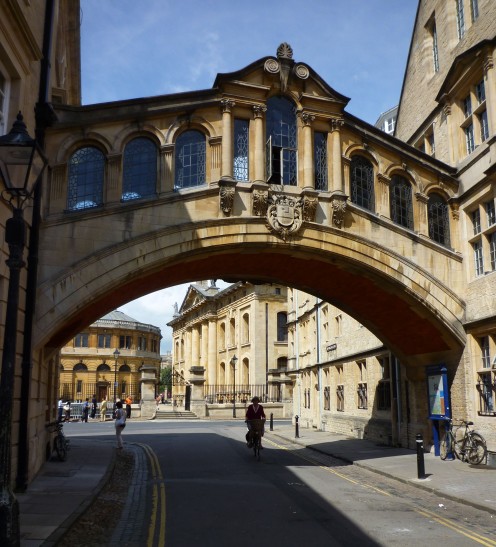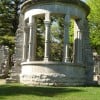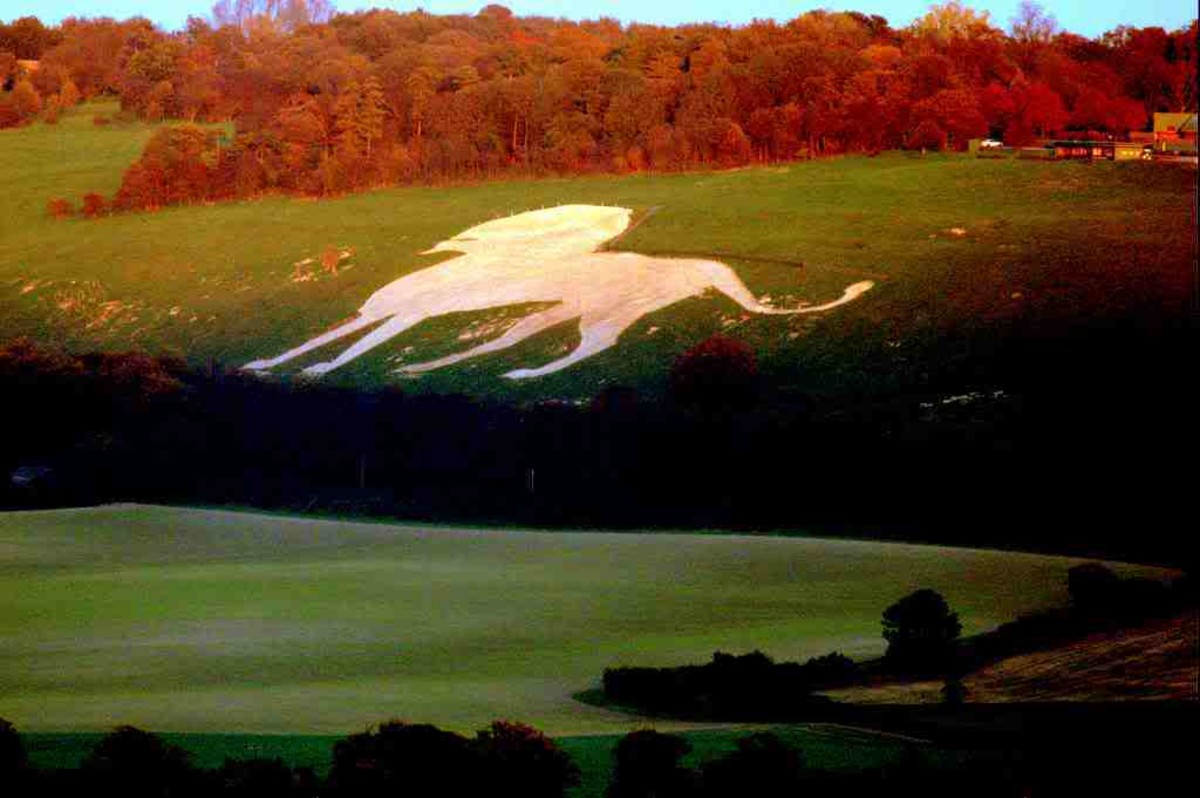- HubPages»
- Travel and Places»
- Visiting Europe»
- United Kingdom
Visiting Oxford, England, and its Bridge of Sighs: noted, architectural feature at Hertford College




A fine structure originally opposed by New College
For the question posed to the North American traveller in Europe: Did you see the Bridge of Sighs? make sure you know which Bridge of Sighs is being referred to. In fact, there are several Bridges of Sighs in Europe, including one in Cambridge as well as in Oxford.
There is an older, 17th century Bridge of Sighs (Italian: Ponte dei Sospiri ) in Venice, Italy, thus named by the poet Lord Byron, who supposed or suggested — with little historical backing — that condemned prisoners would be led over the bridge prior to their execution. But the name stuck, and both Oxford and Cambridge eventually acquired their own Bridge of Sighs. (However, the only, remotely comparable experience to trial and execution that scholars will undergo at Oxford and Cambridge are their degree examinations.)
Some history and features of the bridge
The Bridge of Sighs is so centrally located in Oxford, near to the Bodleian Library and the Sheldonian Theatre, and, among visitors, has been such a well-known example of Oxford's distingished architectural features, that it can be surprising to learn that it excited controversy when it was first planned. Neighbouring New College (a much larger college) issued an objection to the planned bridge, which, however, was set aside.
It was thus that architect Sir Thomas Jackson (1835-1924) was responsible for the bridge at Hertford College, which was erected in 1914. Cambridge University had already had its Bridge of Sighs at St John's College since 1831. But the Oxford Bridge of Sighs is distinct from the one in Cambridge, particularly by the fact that bicycles, not punts, pass underneath it. The windows of the Oxford Bridge of Sighs are also enclosed with glass, whereas the Cambridge counterpart has windows which are open to the elements. The practical purpose of the bridge was to link the Old and New Quadrangles at Hertford College. However, at one stage, the bridge was closed off to students, which, meant that, at least as far as they were concerned, its original purpose was defeated.
The architect, Sir Thomas Jackson, was also responsible for the striking spiral staircase in the Old Quadrangle of the College.
In the left background of the picture, underneath the bridge, can be seen the Sheldonian Theatre, used for degree ceremonies of the University of Oxford. This building dates from 1664-1668 and was based on a design by Sir Christopher Wren.
Some college history
Hertford College, where the Bridge of Sighs is situated, was founded in 1874. And in 1740. And in about 1282. Intriguing? The original 13th century foundation was a hall, known as Hart Hall; in 1740, as a result of a benefaction, a College was formally founded; but this ran short of money, and was eventually re-founded, with the help of banker Sir Thomas Baring in 1874. Thus, depending on which you prefer, the college has three foundation dates...as well as another. The college also absorbed Magdalen Hall, founded in 1448, which, despite its name, was separate from Magdalen College.
Counted among alumni of the College are Bible translator William Tyndale (c. 1492-1536), poet John Donne (1572-1631), political theorist Thomas Hobbes (1588-1679), satirist Jonathan Swift (1667-1745), Roland Michener (1900-1991)(1), Canada's 20th Governor-General since Confederation and US Supreme Court Associate Justice Byron White (1917-2002).
A further note on the name
This bridge was originally known by a more prosaic name: simply, Hertford Bridge. However, between Oxford and Cambridge, competition is a wonderful thing: the name Bridge of Sighs is one which gradually took over, at least, unofficially.
In any case, if you ask for directions, you will possibly find that the 'Bridge of Sighs' name is very well-known.
Note
(1) Roland Michener has himself had an institute of learning named for him: the Michener Institute for Applied Health Sciences, Toronto, Ontario, which, as it happens, is one of the institutions at which I studied for a qualification.
Also worth visiting
Visitor attractions at Oxford are far too numerous to summarize properly, but a few of these not already mentioned include the Radcliffe Camera and nearby All Souls College, Christ Church (Cathedral and College), Blackwell's Bookstore, the monumental Keble College Chapel, and Oxford Castle.
Bladon churchyard (distance: 13 kilometres) contains the grave-site of Sir Winston Churchill; nearby Blenheim Palace was his birthplace.
...
How to get there : United Airlines flies from New York Newark to London Heathrow Airport, where car rental is available. Distance from Heathrow Airport to Oxford: 77 kilometres. Oxford links by rail with London Paddington station. Some facilities may be withdrawn, without notice. For up to date information, please check with the airline or your travel agent
MJFenn is an independent travel writer based in Ontario, Canada.
Other of my hubpages may also be of interest
- Visiting Oxford Castle and Nuffield College, Oxford, England: memories of Medieval, dark deeds; and
- Visiting Clare Hall, Cambridge: intimate haven of quietness for the more mature scholar
- Visiting Wantage Hall, Reading University, England: traditional academic architecture with gatehouse
- Visiting historic university rivals in Aberdeen, Scotland: King's and Marischal Colleges
- Visiting Canada House, London, England: splendid, Canadian hub on historic Trafalgar Square









